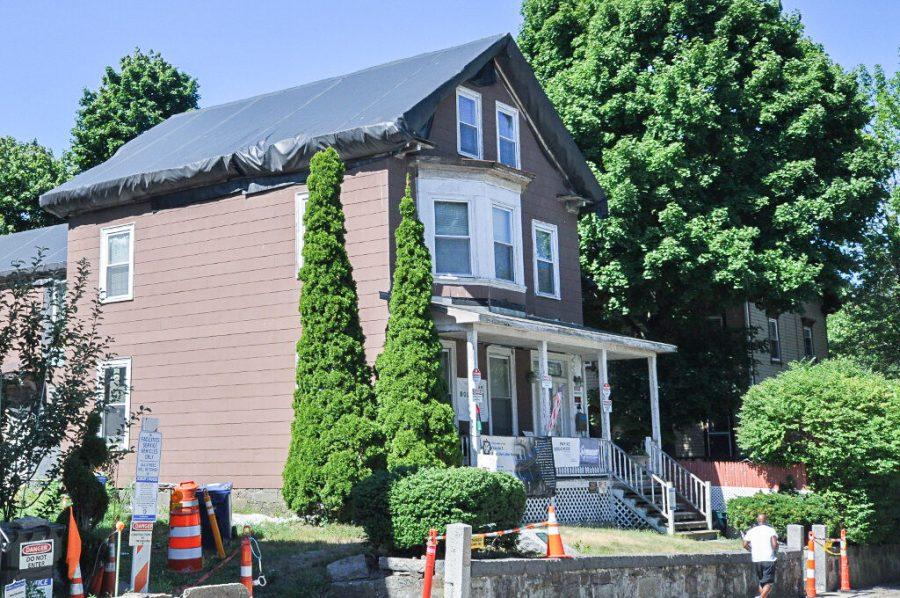Malcolm X’s childhood home in Roxbury was recently added to the National Register of Historic Places in 2021. However, plans have been circulating for nearly three years to turn the historic home into housing for Black History and civil rights graduate students. [5]
Formally known as Malcolm Little, Malcolm X moved to the city during the 1940s to live with his sister, Ella Little-Collins. The house was originally built in 1874 and is the only surviving building associated with the historic civil rights leader. The Roxbury home later became a designated city landmark in 1998. [5]
Little-Collins’ son and current owner of the home, Rodnell Collins, expressed his hopes to turn the house into a residential complex for graduate students studying Black history and the civil rights field. He also has plans to hopefully open the house to the public, offering tours during specific times of the year. Rodnell moved back into the home just a few years ago and has put $80,000 worth of renovations into the home to preserve the building as best he could [5, 1].
Rodnell Collins grew up in the historic Roxbury home and shared this house with his uncle Malcolm. Surprisingly, Rodnell had no knowledge Malcolm was his uncle during their time together. “I thought he was my brother. I did not get that until the ’50s. I knew him as my brother because I remember as a small child, barely 24 months old, my uncle had me in his arm, holding me in the kitchen while my mother was cooking,” said Collins. [1]
According to WCVB, Rodnell Collins stated that since the house has been listed on the National Register of Historic Places, his family has received access to tax incentives and other government programs to preserve the house and make his plans possible [4].
Historic Boston Incorporated announced that the organization had received three grants to restore the famous Roxbury home. The grants include two from the 1772 Foundation of Connecticut, totaling $79,000. The National Trust for Historic Preservation’s Johanna Favrot Fund for Historic Preservation presented the third grant, which totaled $8,250 [2].
Malcolm’s time spent here in Boston was an eye-opening experience all around for him. He had a small delinquent streak, resulting in his arrest for burglary. In Charlestown State Prison, Malcolm was introduced to the Nation of Islam and began his passion for activism while serving his time. [3]
In his autobiography, Malcolm talked about his time here in Boston and how he was introduced to the religion. “No physical move in my life has been more pivotal or profound in its repercussions (…) All praise is due to Allah that I went to Boston when I did. If I hadn’t, I’d probably still be a brainwashed black Christian.” [4]
After Malcolm X moved on from Boston, he became one of the most prominent and influential civil rights activists in American history. As he grew as a public figure, he worked alongside other civil rights activists such as Dr. Martin Luther King Jr. Even though Malcolm had famously rejected King’s “nonviolence” agenda to protest for rights, he stated he still respected King as a “fellow leader of our people” and would often invite him to participate in mass meetings throughout the early 1960s. [6]
The house’s restoration is still in its early phases and is covered in “no trespassing” warnings. Water damage to the home’s roof had made the first floor uninhabitable. With the help of the grants, however, motivation to move into the construction process should hopefully be raised.
Sources:
-
https://www.wgbh.org/news/post/inside-malcolm-xs-roxbury-house
-
https://historicboston.org/grants-to-malcolm-x-house-support-restoration-planning-and-projects/
-
https://bunewsservice.com/malcolm-xs-roxbury-home-prepares-for-major-restoration-project-in-2021/
-
https://www.wcvb.com/article/malcolm-xs-boyhood-home-in-boston-gets-historic-designation/35742871#

